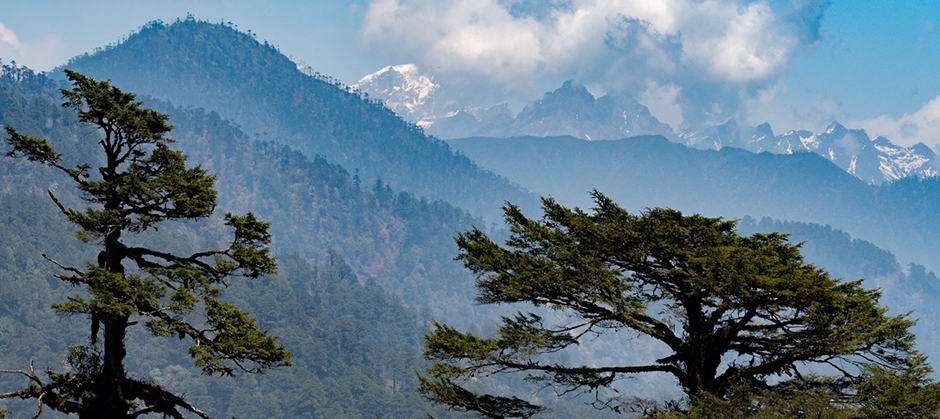Share this article
’30 by 30’ could help over 1,000 species
If countries set aside 30% of their land for nature, over 1,000 wildlife species whose habitats are currently unprotected would benefit, researchers found, including many that are threatened or endangered.
In advance of a major biodiversity conference scheduled to take place in China this October, over 50 countries, including the United States, China, Japan and Germany, have pledged to meet a “30 by 30” target—conserving 30% of their land by 2030.
As the COP15 conference—the 15th meeting of the Conference of Parties of the United Nations Convention on Biological Diversity—nears, researchers wanted to see what meeting that goal worldwide would mean for wildlife and the environment.
Wildlife wouldn’t be the only beneficiaries, they found. Reaching those conservation goals would also spare about 11 billion tons of carbon dioxide a year through avoided carbon emissions or carbon sequestration in forests, and it would improve water quality.
“The main thing was to try to understand how this 30 by 30 project that people were talking about would affect conservation and affect the climate,” said Yiwen Zeng, an associate research scholar at Princeton University and the National University of Singapore and the lead author of the study published recently in Science Advances.
Zeng and his team modeled the benefits that could result for biodiversity conservation, climate change mitigation and nutrient-regulation if protected natural areas were increased to cover 30% of each of 238 countries around the world.
The 30 by 30 initiative would nearly double the percentage of protected lands on the planet. About 16% of the earth’s landmass is currently protected. By increasing that to 30%, researchers found it would add about 2.8 million hectares. The effort would benefit about 1,134 vertebrate species worldwide whose habitats are currently unprotected. About half of are classified by the International Union for Conservation of Nature as critically endangered, endangered, vulnerable or near-threatened.
Zeng’s team isn’t the only one to look at the importance of global land conservation for wildlife. In a study published in Proceedings of the National Academy of Sciences, researchers found that current protected areas around the world are too small or too poorly connected to provide much benefit to almost all mammals threatened with extinction and over 1,000 species that aren’t at risk.
Protected areas “must be greatly expanded,” those researchers found, and they need to be large enough and in diverse enough areas to benefit species not currently protected.
But while the planet may benefit, the communities around protected areas could pay a price, forgoing farmland, industry, livelihoods or development for forests. They may be less likely to see the rewards, Zeng’s team acknowledged, but programs like carbon credits or payments for ecosystem services could improve local buy in.
“There will inevitably be serious issues of protected area expansion and the people who currently live or utilize the lands that we’re talking about,” said co-author David Wilcove, professor of ecology and evolutionary biology and public affairs at Princeton. “That’s a whole, important set of considerations that clearly no country can take lightly.”
Forty-five countries currently have at least 30% of their land in protected areas. For most, though, it would require a dramatic increase in land protections. Certain countries, particularly Indonesia and Malaysia, would gain the most, researchers found, due to the threats their ecosystems face and the benefits they could reap.
And while saving 30% would be beneficial, Zeng’s team found, setting aside 50% would be even better. That’s the idea behind the “Half Earth” proposal put forward by ecologist E.O. Wilson before his death last December.
“We estimate the benefits could almost double,” Zeng said.
Header Image: Large tracts of forest remain intact in Bhutan, one of 45 countries that have protected at least 30% of their land. If every country protected at least 30% of their land, over 1,000 species of wildlife would benefit, researchers found. Credit: David Frey








